Brain Gym®
A branch of edu-kinestics
"Every child is a winner! No one is left behind. All people live life to the fullest and realize their true purpose and reason they are here."
Dr. Paul E. Dennision Tweet
Method & History
Brain Gym® and Edu-Kinestetik (BG® and Edu-K for short) are suitable methods for therapists and counselors, trainers and coaches, educators and special educators and social workers. BG® and Edu-K are used for self-help in everyday situations as well as for guidance in special challenges and crisis situations.
Brain Gym®/Edu-K aims to activate implementation power and life energy for learning, health and development issues.
Learning takes place from the first to the last breath. Acquiring new knowledge and skills is completely natural, but only possible if joy and interest are involved. If learning problems arise or the desire to learn is missing, various blockages can be the cause.
Dr. Paul Dennison, born in Massachusetts in 1940, and Gail Dennsion, born in California in 1948, have developed ways of detecting triggers and causes of learning problems and releasing blockages with the help of various balances. Their methods aim at regaining access to natural learning with self-awareness and/or kinesiology muscle testing, with specific movements and with focus on a desired goal.
Dennsion`s motto:
„There are no learning disabilities, only learning blocks“.
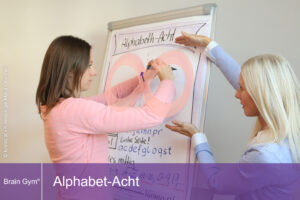
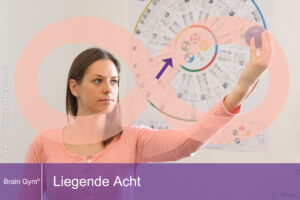
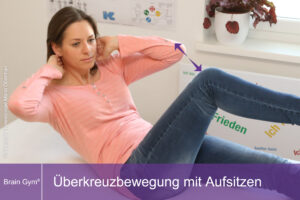
Brain Gym® balances are valuable tools for health promotion and personal development. In sum, BG® and Edu-K offer a huge treasure chest with many support possibilities for everyday life and for many challenging situations in professional and private life. Brain Gym® draws on empirical values in application and uses scientific findings from the fields of communication psychology, brain research and energy medicine. The effectiveness of Brain Gym® balances and movements can be observed in yourself and as a user in others.
Brain Gym® Balances
Origin of the method
Dr. Paul E. Dennison began working, developing and researching in his field of expertise Learning-Reading-Movement as early as 1968. Through his tireless work and with the collaboration of his wife Gail Dennison and other capacities of the first kinesiology generation, Dr. Dennison taught the first course "Edu-Kinestetics" in 1981. In subsequent years, Paul and Gail Dennsion developed Brain Gym® a method more easily applicable in the school setting than Edu-Kinestetics. At that time one suspected a trend behind these methods, today decades later, we are talking about methods that are used and offered worldwide and in many languages and receive their appreciation.
5 principles for movement-based learning
- Draw Out: Intelligence is innate. We understand and value the individuality of each person
- Energy follows attention: taking a break to bring focus to experiencing and experiencing
- We learn what we actively experience
- Movement helps to expand learning skills
- Everyone can learn from others. When interacting with others, we can always switch between learning mode and teaching mode, between receiving and expressing ourselves. We are able to be guided by others, to be independent or to be in interaction.
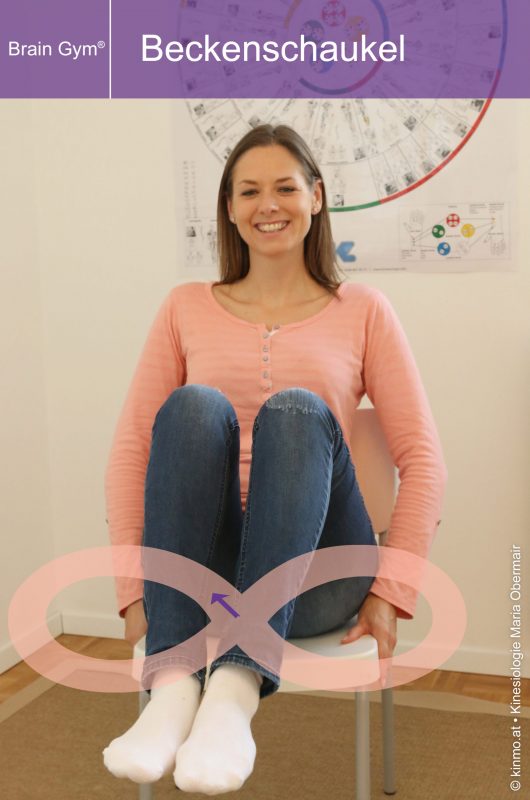
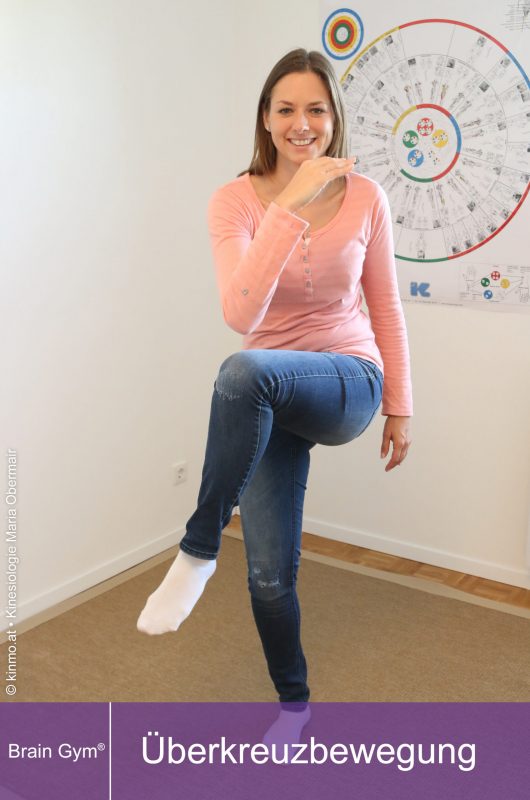
The Educational Model and Values of Brain Gym® and Breakthroughs International
- Encourage playful and joyful learning
- Encouraging and valuing innate intelligence
- Making people aware of the value of movement in everyday life
- Paying attention to movement in everyday life
- Recognizing the need for movement
- Emphasize the ability to „perceive
- Encourage personal responsibility
- To treat and appreciate everyone with esteem
- Enabling and accompanying oneself to learn
- Encouraging creativity and self-expression
- To inspire appreciation for music, sports, and the visual arts

